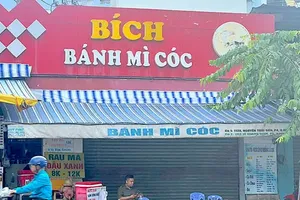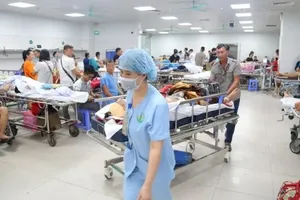Head of the Department, Associate Professor Luong Ngoc Khue said that from 2010 till now, big hospitals have helped their peers in small clinics by giving advice on performing medical techniques; managing patients’ medical record; providing training and transferring techniques to their counterparts as per the project 1816 and satellite hospital project.
Moreover, doctors of big infirmaries also keep an eye on their peers’ performance.
So far, around 9,000 doctors have gone to small infirmaries to help their peers and transferred 4,689 medical techniques which are performed well by doctors in small clinics.
Additionally, doctors of big hospitals examined and treated around 5 million patients and carried out nearly 2,000 surgeries to save poor patients in small institutions.
After satellite hospitals have been established, doctors of 14 big hospitals have transferred techniques in heart surgeries to their peers in small facilities helping to attract more patients for grass-root clinics. This helps to ease patient overload and reduce much pressure on big hospitals such as Tumor, Trauma and Orthopedic, cardiovascular and Maternity.
Dr. Nguyen Ngoc Duy from the Ho Chi Minh City Department of Health said that doctors of Gia Dinh People Hospital, People’s 115 Hospital, Tu Du Maternity Hospital, Hung Vuong Maternity Hospital, Trauma and Orthopedic Hospital, Children Hospital No.1 and 2 and Tumor Hospital have transferred techniques to their counterparts.
Simultaneously, Thu Duc Hospital provides advice to their peers in the General Hospital in the highland province of Dak Nong.
Big hospitals in HCMC have re-trained 1,450 medical workers and transferred techniques to grass-root facilities in provinces; accordingly, the rate of transferred cases from small hospital to big one in HCMC leaped by 10 percent annually.
























